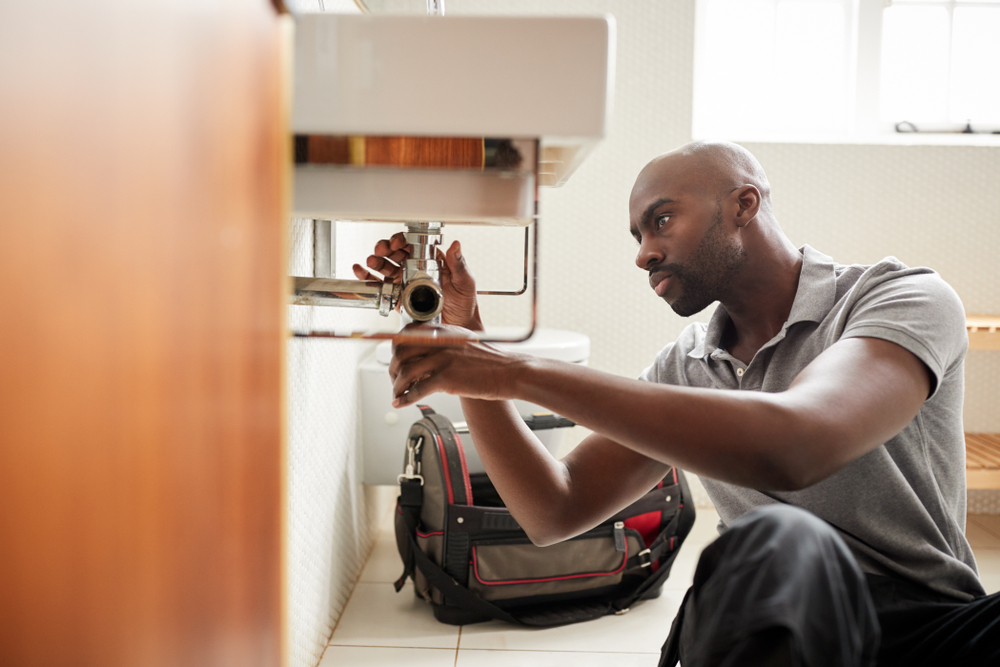Home maintenance extends far beyond routine cleaning and visible repairs. Hidden structural and system issues can develop silently, often revealing themselves only after causing extensive damage. Understanding these potential problems helps homeowners protect their investment and avoid devastating repair costs.
Foundation deterioration
Foundation problems represent some of the most expensive home repairs. Early warning signs often appear subtle:
- Hairline cracks in walls or floors
- Doors that suddenly stick or won’t close
- Windows becoming difficult to open
- Uneven or sloping floors
- Gaps between walls and ceilings
- Exterior brick cracks or separation
Water damage typically accelerates foundation issues. Poor drainage around the home allows water to collect near the foundation, while plumbing leaks underneath can erode supporting soil. Professional foundation repairs often start at $10,000 and can exceed $50,000 for severe cases.
Hidden plumbing deterioration
Water damage from concealed plumbing issues creates extensive problems throughout homes. Leaks behind walls or under floors often go undetected until significant damage occurs. Warning signs include:
- Unexplained increases in water bills
- Musty odors in specific areas
- Water stains on walls or ceilings
- Warped flooring or baseboards
- Mold growth in unexpected places
- Constantly running water sounds
Repairing hidden plumbing damage involves not just fixing pipes but also replacing damaged materials and addressing mold growth. Complete remediation can cost $20,000 or more depending on damage extent.
Roofing system failures
Roof problems often develop gradually before causing catastrophic damage. Warning signs of impending roof failure include:
- Dark spots in attics
- Curled or missing shingles
- Granules collecting in gutters
- Daylight visible through roof boards
- Sagging roof sections
- Water stains on ceilings
Complete roof replacement costs vary by home size and material choice but typically range from $8,000 to $20,000. Additional repairs for water damage can double these costs.
Electrical system hazards
Outdated or damaged electrical systems create both safety and financial risks. Warning signs include:
- Flickering or dimming lights
- Frequent circuit breaker trips
- Warm or discolored outlets
- Burning smells near outlets
- Buzzing sounds from switches
- Multiple extension cord usage
Complete electrical system upgrades for homes can range from $15,000 to $30,000, particularly when walls require opening for new wiring installation.
HVAC system deterioration
Heating and cooling system failures often occur without warning. Early signs include:
- Uneven heating or cooling
- Unusual noises during operation
- Excessive dust in the home
- Rising energy bills
- Frequent cycling on and off
- Poor airflow from vents
Modern HVAC system replacements typically cost between $10,000 and $20,000, with additional expenses for ductwork repairs or replacement.
Pest damage accumulation
Silent pest infestations can destroy homes from within. Signs of pest problems include:
- Small holes in wood structures
- Hollow-sounding wood elements
- Frass (sawdust-like debris)
- Soft spots in flooring
- Unusual wall sounds
- Evidence of nesting
Extensive pest damage repair costs often exceed $15,000, particularly when structural elements require replacement.
Sewer line degradation
Underground sewer line problems create expensive emergencies. Warning signs include:
- Slow-draining fixtures
- Gurgling sounds in pipes
- Sewage odors
- Wet spots in yards
- Lush grass patches
- Multiple drain backups
Sewer line replacement costs typically range from $8,000 to $25,000, depending on depth, length, and access challenges.
Prevention strategies
Protecting against these hidden repairs requires proactive maintenance:
Annual professional inspections help identify developing issues early. Documentation of all home maintenance creates valuable repair history. Regular system cleaning and servicing prevents many common problems.
Moving forward
Understanding hidden repair risks allows homeowners to implement effective prevention strategies. Regular inspections and maintenance, while requiring initial investment, save substantial money long-term by preventing major system failures.
Maintaining emergency repair funds becomes crucial for homeownership. Most financial advisors recommend saving 1-4% of home value annually for maintenance and repairs.
This story was created using AI technology.






